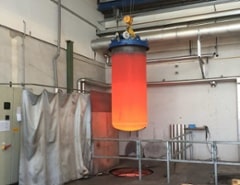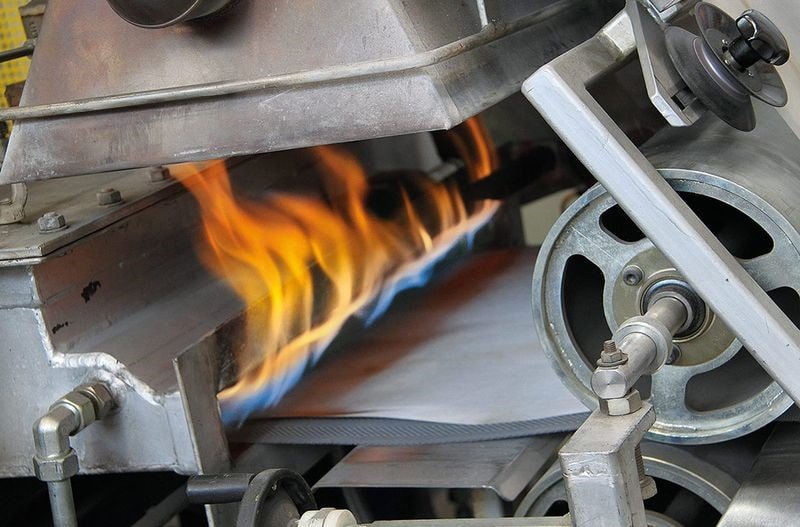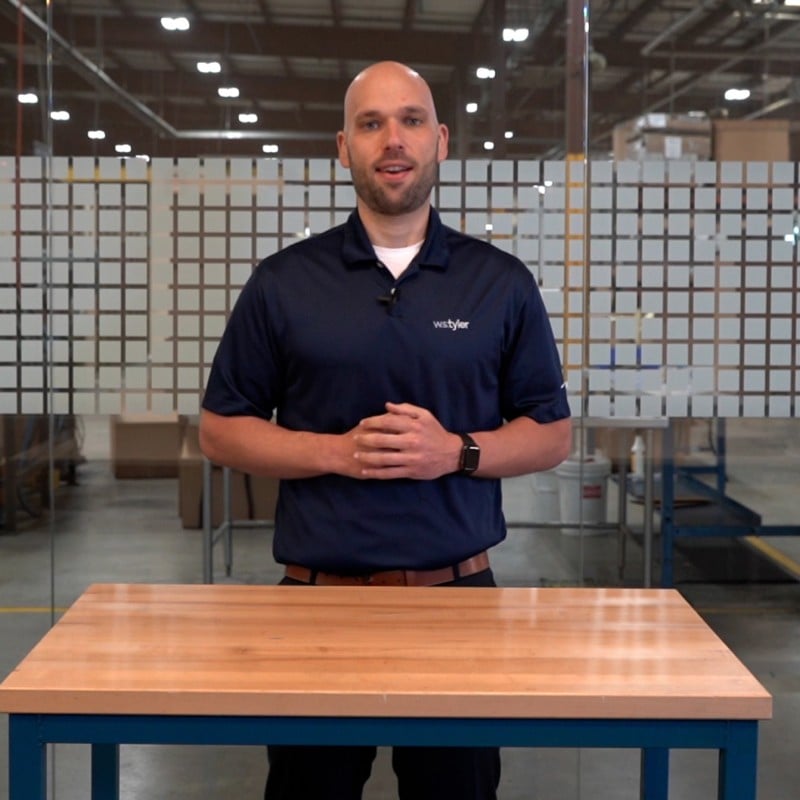Batch Annealing vs. Continuous Annealing: Which Works Best?
Are you interested in implementing woven wire mesh solutions that maintain their form after dozens of uses? If so, you may want to instruct your wire mesh supplier to anneal your mesh before being fabricated.
As there are two primary forms of wire mesh annealing, determining which one is right for you can sometimes be challenging. This is why it's crucial that you understand both batch annealing and continuous annealing.
W.S. Tyler has been a leading manufacturer of woven wire mesh solutions for over 150 years and is here to help you unlock the full potential of your operation.
That's why in this article, we will be discussing:
- What batch annealing is
- The benefits and drawbacks of batch annealing
- What continuous annealing is
- The benefits and drawbacks of continuous annealing
- The cost differences between batch and continuous annealing
What Is Annealing?
Annealing is best defined as a heat treatment technique used to soften the individual wires of a wire mesh roll to increase the overall pliability of the mesh. After being annealed, you are left with a wire mesh roll with a lowered internal stress, which allows it to be formed in various profiles and maintain its shape.
That said, annealing is broken down into two processes: batch annealing and continuous annealing.
For more information about forming woven wire mesh, read the article below:
 What Is Batch Annealing?
What Is Batch Annealing?
Batch annealing is a heat treatment technique in which several rolls of wire mesh are loaded and dropped into a furnace. Once the mesh is placed in the furnace, it is sealed, and a vacuum is created.
At this point, the mesh is heated to a specific temperature and left to bake for a calculated time. To that end, batch annealing is typically left for 10 to 30 hours, but this time depends on the customer's requirements.
What Are the Benefits and Drawbacks of Batch Annealing Your Mesh?
Batch annealing tends to make the metallic wires of the mesh softer than if they underwent the sintering process. This, in turn, results in a wire mesh roll that has enhanced forming characteristics.
For this reason, batch annealing is typically used when the wire mesh roll will be applied to low-end automated processes and various wire mesh components.
To that end, it should be noted that because several mesh rolls are heat-treated simultaneously during the batch annealing process, it is not uncommon to detect inconsistencies throughout the mesh.
What Is Continuous Annealing?
The continuous annealing process is a heat treatment technique that calls for the unrolling of the wire mesh roll and running it through a furnace as a single layer. To ensure the wire mesh is effectively heat treated, the mesh is typically run through the furnace several times, depending on the customer's requirements.
What Are the Benefits and Drawbacks of Continuous Annealing Your Mesh?
As continuous annealing is a progressive process with little to no disparity, it proves to be the quicker of the two annealing processes. The increased level of physical characteristics makes continuous annealing an intense automated process.
Additionally, continuous annealing is more controlled, making it less harsh on the mesh being treated. This makes it ideal when finer mesh specifications are being used.
How Do the Two Compare in Price?
The most significant factor that divides the cost of continuous and batch annealing is labor. In other words, the more labor needed to heat-treat your mesh, the more it will cost.
To that end, there is typically more labor required during the continuous annealing process, especially considering only one roll can be heat treated at a time. This, in turn, makes it more expensive.
That said, the fact that several rolls of mesh can be heat treated during a single heat treatment reduces the labor needed to conduct a batch annealing process. This is why batch annealing is typically cheaper.
Knowing this, the price of the heat treatment should not be the deciding factor of what annealing process you select. It should be the desired hardness level of the mesh.
For a softer, more malleable mesh, batch annealing should be applied. For a mesh that is pliable while still maintaining a higher level of stability, continuous annealing is the ideal annealing process.
Select The Right Heat-Treatment Process To Get The Results You Want
Having your woven wire mesh annealed is an ideal heat treatment process when you want your mesh to hold its form. Choosing to have your mesh batch annealed or continuous annealed depends on the hardness and pliability you want your mesh to have.
But annealing is just one of two heat-treatment processes that can be applied to woven wire mesh. To ensure your mesh performs as intended, you must get to know the sintering process and how it compares to the annealing process.
After 150 years of weaving wire mesh, W.S. Tyler strives to educate customers on the capabilities of woven wire mesh, helping them make the most out of the material and achieve optimal results.
Read the following article to gain a better understanding of what wire mesh heat treatment process is right for you:
About Eric Himes
Eric is the sales manager of industrial woven wire mesh goods with a passion for helping customers leverage the many capabilities of woven wire mesh. As he continues to learn the ins and outs of wire mesh he is determined to help you implement a solution that is tailored to your exact needs.



